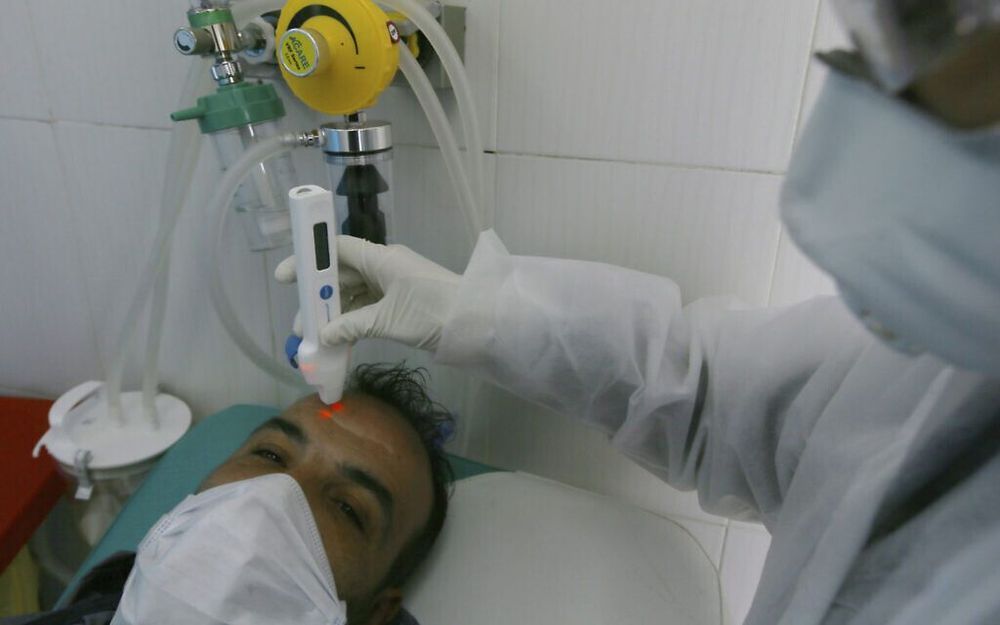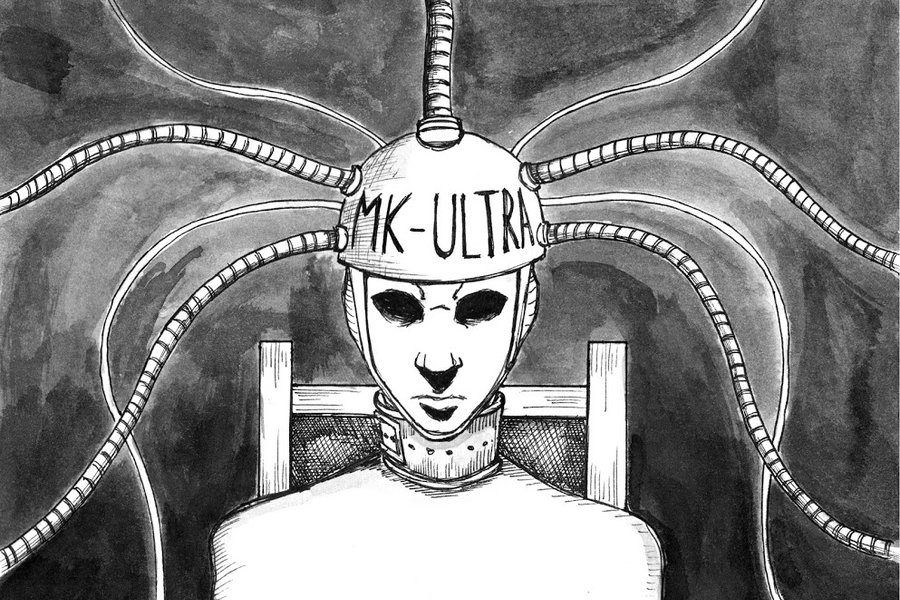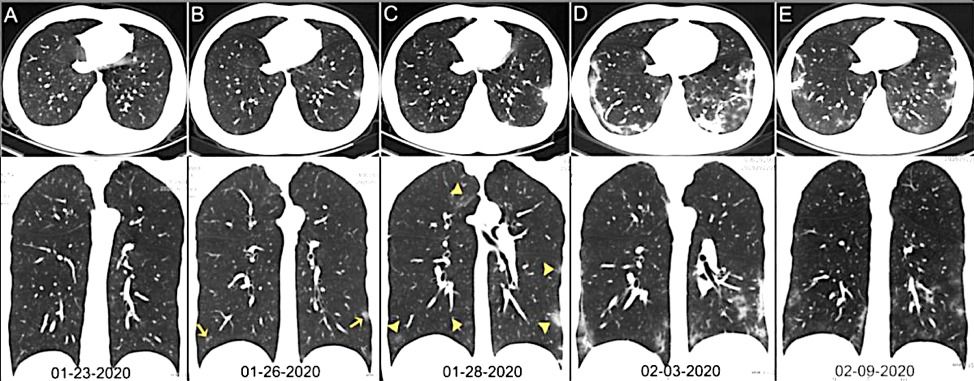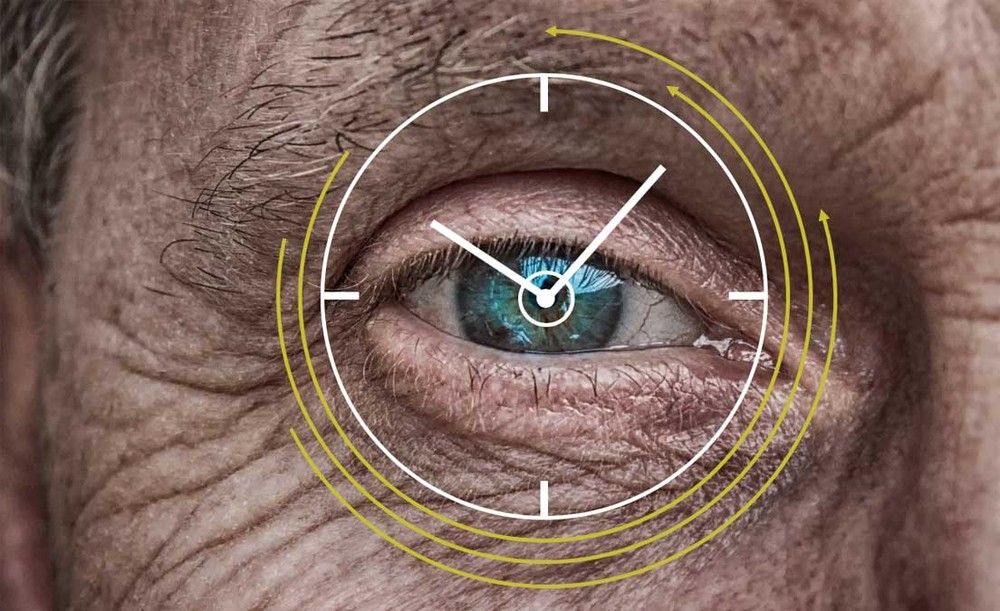Announcement of BATM kit comes as officials struggle to balance need for rapid testing and worries over false positives; science minister hails institute’s progress toward vaccine.



{{#pricinghref}} View pricing & plans {{/pricinghref}} {{^pricinghref}} {{#pricing.billedYearly.weekly.amount}} {{value}} per week {{/pricing.billedYearly.weekly.amount}} {{^pricing.billedYearly.weekly.amount}} {{#pricing.billedMonthly.trial.amount}} {{pricing.billedMonthly.trial.amount}} for 4 weeks {{/pricing.billedMonthly.trial.amount}} {{/pricing.billedYearly.weekly.amount}} {{/pricinghref}}.

According to this CTV News article, survivors and families of an MK Ultra brainwashing program run by Dr. Ewen Cameron at McGill University in Montreal in the 1950s and 1960s have banded together to bring the horrors of this program more fully into the public eye.
They are planning a class action lawsuit against the provincial and federal government, an initiative which lawyer Alan Stein feels optimistic about:
“I believe we can claim moral damages as a result of the experiments when Dr. Cameron used these people as guinea pigs.”—lawyer Alan Stein


“At the moment, the YITU “Coronavirus Chest CT Smart Evaluation System” can compress the diagnosis of suspected cases to 2–3 seconds. The company also designed a chatbot doctor that can help the public with self-diagnosis through Q&A and recommend nearby hospitals and appointment booking services.”
An article published in medical journal the Lancelet on February 25 finds that reduced medical resource levels will trigger a spike in the coronavirus death rate in the local population beyond the current estimates. The study shows that death rates are over 3 percent in Wuhan city, 2.9 percent in Hubei province, while only 0.7 percent across the rest of China.
Close to 30,000 medical staff from across China have been dispatched to Hubei province to help overworked local medical professionals in the fight against COVID-19. Fast and accurate diagnosis is critical on the front line, and now an AI-powered diagnostic assessment system is helping Hubei medical teams do just that.
Currently, CT lung scans and nucleic acid tests are the two main diagnostic tools doctors use in confirming COVID-19 infections. CT imaging is crucial for diagnosis verification, and also allows doctors to access lung infection severity.

In an attempt to reduce traffic jams, Luxembourg has become the first country in the world to make all public transport free from February 29. This is the first time that the decision to offer free public transport has covered an entire country, the transport ministry said.
The decision has been observed in Luxembourg so as to bring down the congestion on streets, AFP reports. As a result of this decision, every person will be able to save around 100 euros ($110) per year.
The free public transport system, however, does not include first-class travel tickets on trains and certain night bus services.




Black holes are one of the most mysterious objects astronomer have encountered so far. And a new study proposes that black are nothing but just a holographic projection, with a new calculation of the entropy — or also known as disorder. These calculations suggest that these giant enigmas of the Universe being nothing but an optical illusion. Holograph hypothesis was first proposed by physicist Leonard Susskind back in the 1990s, according to this theory, mathematically speaking, the Universe requires just two dimensions — not three — for the laws of physics and gravity to work as they really should.